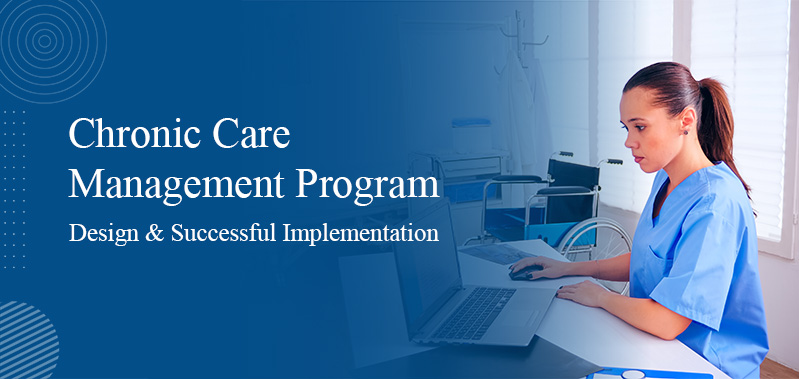
Patient Survey - How and When to Use Them
In today's health care climate, the patient's voice is greater than a comment—it's an influential force that can be wielded to increase care quality, optimise practice operations, and stay in compliance with managed care requirements. Among all the methods for hearing that voice, there isn't a more compelling one than a patient survey. They are not boxes and rating devices; they're a view of the patient's experience, and they can produce usable feedback that will drive better results.
Why Patient Surveys Matter
Imagine you’re a patient walking into a clinic—you’re nervous, uncertain, maybe even in pain. Every interaction, from the receptionist’s greeting to the clarity of the discharge instructions, shapes your perception. But unless you’re asked directly about your experience, those feelings—good or bad—may never be shared.
That's where a patient survey proves useful. It provides an official avenue for patients to provide feedback, providing valuable information to healthcare providers about what is and isn't working. Surveys can monitor anything from appointment scheduling and wait time to provider communication and facility cleanliness.
Patient satisfaction these days, with the time of value and managed care, is not simply a measurement but tied to reimbursement and health ratings. When high, patient satisfaction relates to higher patient retention, improved clinical outcomes, and more robust competitive reputations in the marketplace. But when neglected, patient feedback leads to reputational harm and payment.
When to Use a Patient Survey
When to give a patient a survey is as crucial as what to include. Surveys should be sent early enough after the patient's visit so that it is still recalled clearly, but not so soon that feelings rather than helpful criticism are being expressed. Typical timing strategies are:
- Following an immediate visit, A visit-following survey can receive current input.
- Several days post-discharge: Highly useful for inpatients, it allows patients some time to ponder their care and respond considerately.
- Annually, for repeated or long-term care, annual surveys can gauge longitudinal patterns in satisfaction.
Each of these is employed for a particular use, and the proper one to use will depend upon the aims of your practice or healthcare organisation.
Types of Patient Surveys
There isn't a single answer for patient surveys.
- Based on the purpose, you may employ: CAHPS (Consumer Assessment of Healthcare Providers and Systems): Frequently mandated by CMS, particularly in managed care environments, to assess standardised elements of patient satisfaction.
- Internal surveys: Designed specifically to meet the needs of individual departments or specialities.
- Real-time kiosk surveys: Placed in waiting rooms or checkouts, these yield immediate responses.
- Online follow-up surveys: Inconvenient for patients, but frequently returned with high response rates.
- The ideal practice most likely is some combination of these resources, permitting both general performance measurement and department-specific information.
How to Design an Effective Patient Survey
To be effective, a patient survey needs to find a balance between brevity and length. Too long, and individuals are discouraged from responding; too simple, and the depth of patient experience is not communicated.
Incorporating Survey Results into Practice
Information without action is a wasted opportunity. After patient surveys have been collected, health care teams need to analyse the data, find patterns, and act intentionally to enhance care delivery.
For instance, if patients consistently complain about waiting times, examine scheduling procedures. If communication appears to be an issue, the time may have come to teach staff active listening or clear language. Positive feedback should also be given to identify and reward good practice and improve staff morale.
Importantly, sharing outcome measures and improvement plans with staff fosters a sense of accountability and patient focus—two prime motivators of success in managed care.
Patient Satisfaction and Compliance
Within regulated settings, most notably managed care, evidence of quality commitment in terms of patient satisfaction measures is important. Regulators, payers, and even patients themselves frequently make decisions based on survey results.
A proactive survey approach can even be beneficial in a situation such as accreditation or agency compliance with agencies such as CMS, The Joint Commission, or NCQA. In addition, the continuing application of surveys and the ability to document improvement over some time can be a strategic contracting benefit when negotiating contracts with payers.
A Human Touch in Every Survey
Patients aren't data points—patients are human beings with stories, challenges, and aspirations. A good patient survey acknowledges this and allows patients to be heard. It's not about receiving answers; it's about constructing bridges.
If surveys are conducted correctly, they don't merely measure satisfaction—they construct trust. Surveys inform patients that their voices count and the healthcare provider genuinely cares about ongoing improvement.
Conference Panel respects how crucial staying up to date with the new healthcare compliance best practices and patient engagement is. That is why we offer an extensive series of webinars dealing with topics such as patient satisfaction, managed care, regulatory update, and wise application of patient surveys to better optimize care. Come learn pragmatic information from expert subject matter individuals and get your practice ahead at all times.



